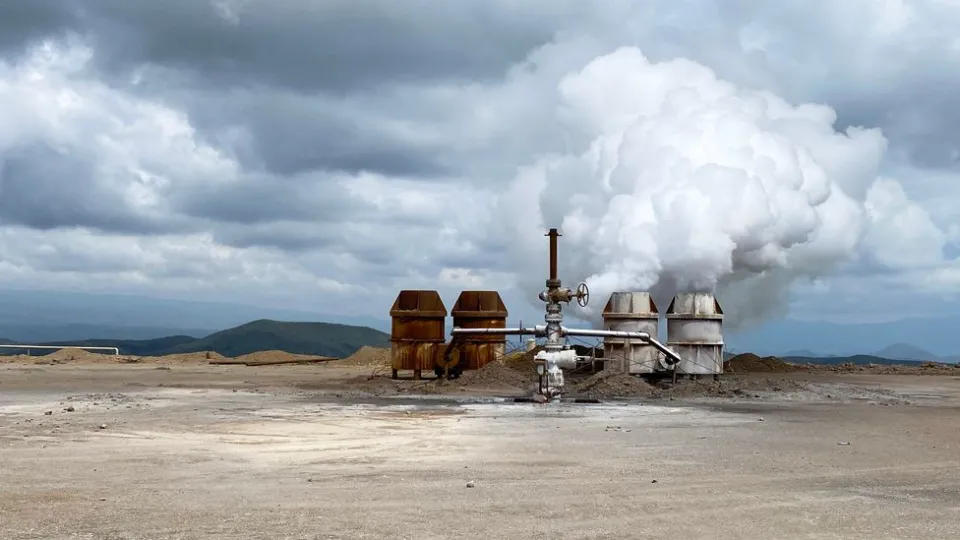Electricity is necessary for modern life. Today, everything uses electricity, from watches to cars. As many countries continue to transition away from highly polluting fossil fuels and toward low-carbon alternatives, the dynamics of how and where power plants operate are constantly changing. The world has many distinct kinds of power plants that cooperate to meet the rising demand for electricity.
In-depth details about how these power plants function will be covered in this post.
What is the Power Plant?
An assembly of systems or subsystems that work together to produce energy or power that meets economic needs makes up a power plant. The power plant itself must benefit society economically and environmentally.
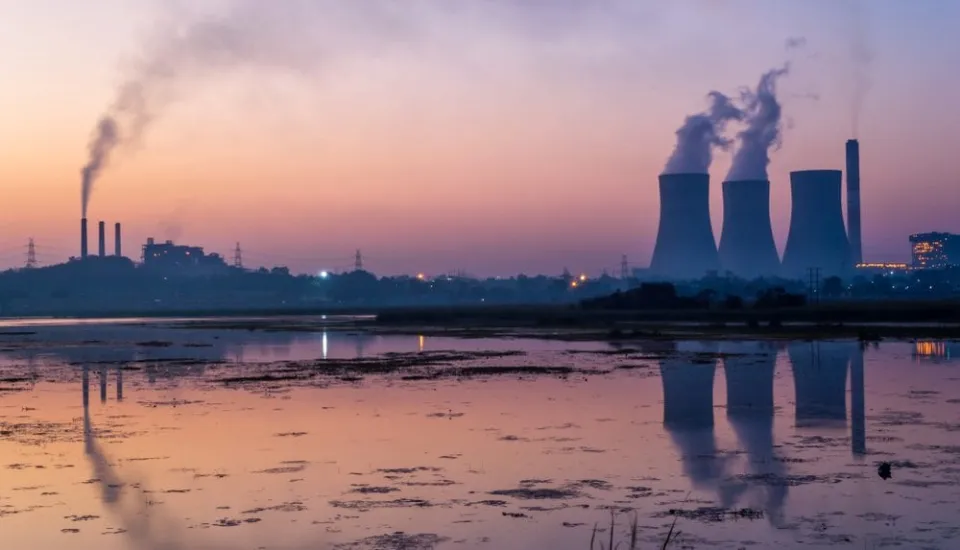
A power plant, which is the location where power is produced from a certain source, is where electricity or energy is produced. Energy cannot be created or destroyed; it can only move from one form to another, hence the word “generated” in the previous phrase is a misnomer.
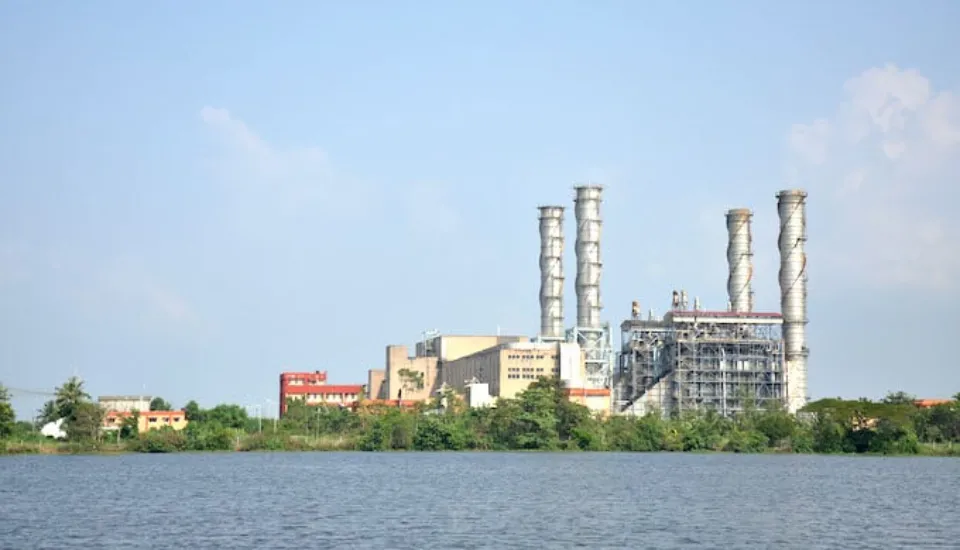
Depending on the type of power plant under consideration and the type of energy that is transformed, a power plant is actually a place where another kind of energy is converted into electrical energy.
Different Types of Power Plants
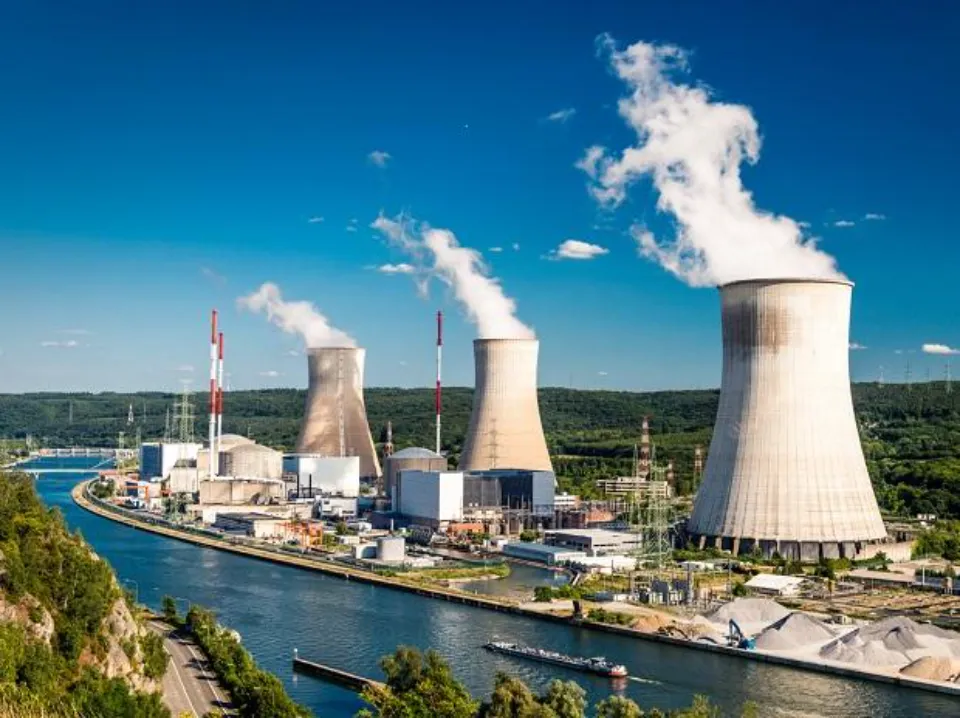
9 Types of Power Plants include:
Nuclear Power Plant
Hydroelectric Power Plants
Thermal Power Plants
Green Energy Power Plants
Geothermal Power Plants
Solar Power Plants
Wind Power Plants
Tidal Power Plants
Different types of power plants are categorized depending on the type of fuel utilized. Thermal, nuclear, hydropower and renewable energy sources are the most efficient types of energy for large-scale power production. The three categories of power plants mentioned above can be broadly divided into. Examining various power plants in more detail will be helpful.
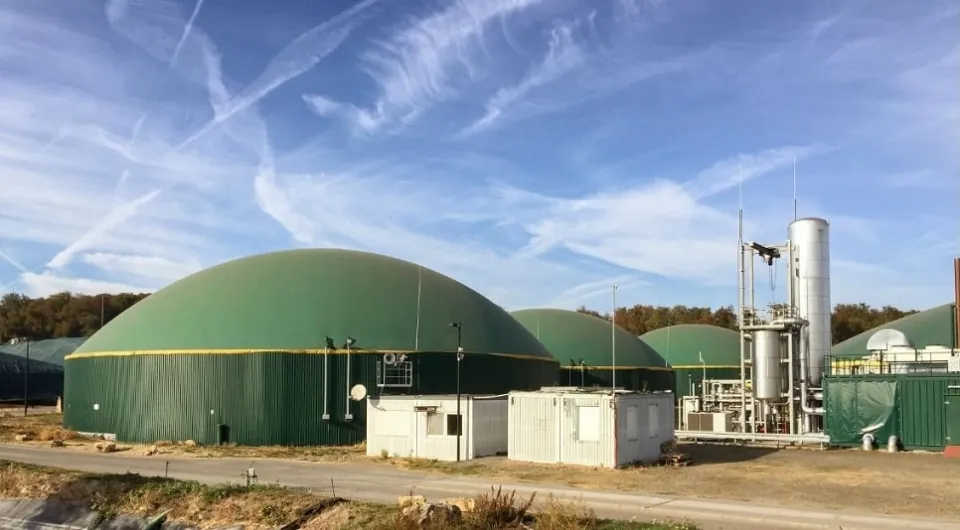
Nuclear Power Plant
Nuclear power plants rank first on the list of power plants that have the capacity to produce enormous amounts of energy. A nuclear power plant converts nuclear energy into electricity.
The nuclear reactor’s heat is used to convert water into steam. The pressured steam is then used to drive the turbines, which are connected to a generator. Nuclear power plants don’t need to burn anything to produce heat, unlike coal or natural gas power plants. The whole thing is run on nuclear fission.
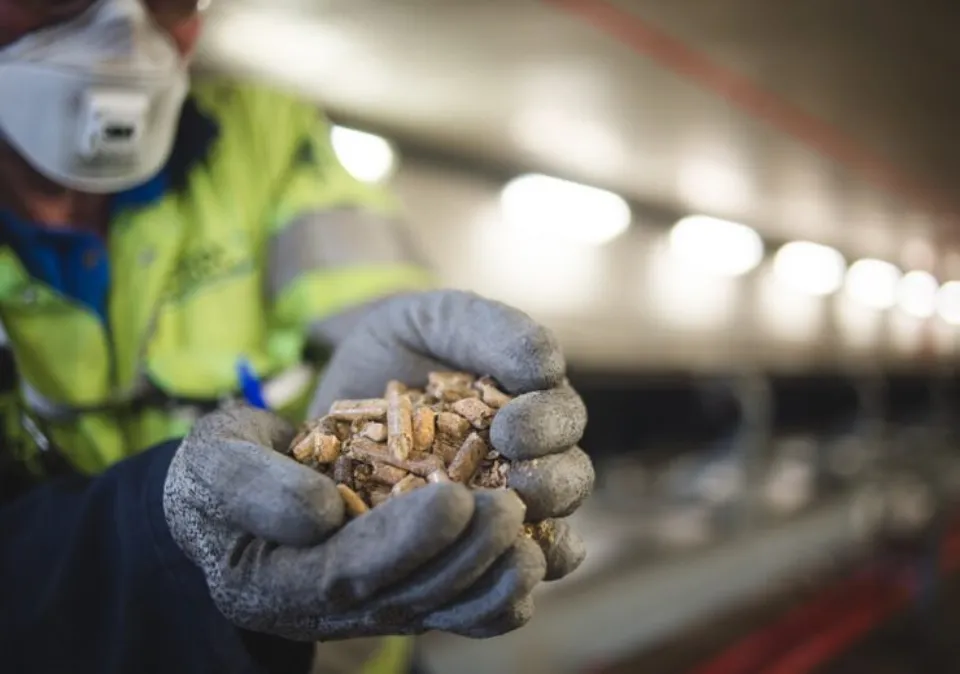
Hydroelectric Power Plants
Hydroelectric power plants rank among the most effective and environmentally friendly of all power plants. A hydroelectric power plant generates electricity from water. More specifically, water’s potential energy is converted to electrical energy. Water is forced to fall from a height onto a turbine, spinning the armature, which is attached to a generator.
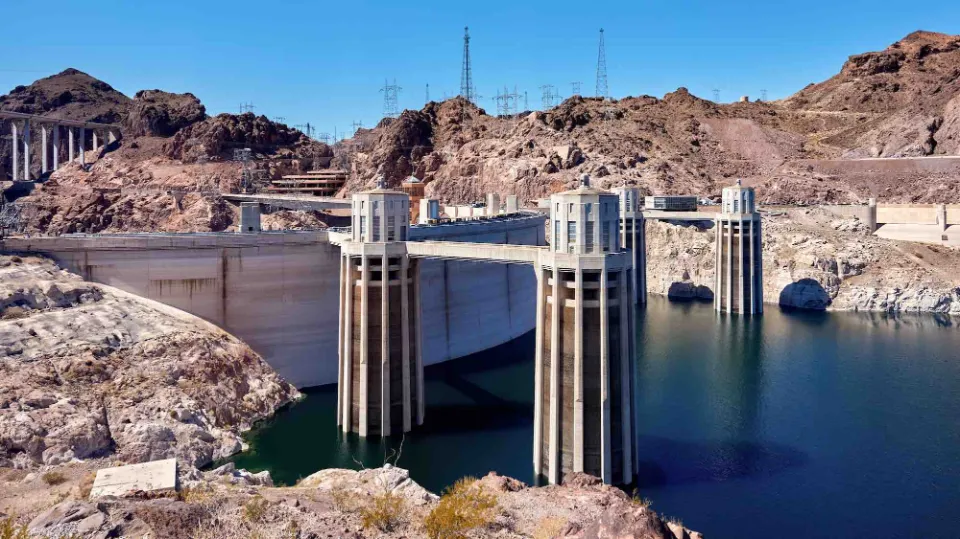
Power production by the generator starts as soon as the turbine spins. This electricity is then sent to all of the different substations in order to distribute the power. The largest power plant in the world is a hydroelectric power plant called the Three Gorges Dam. The dam produces an astounding 22,500MW of power.
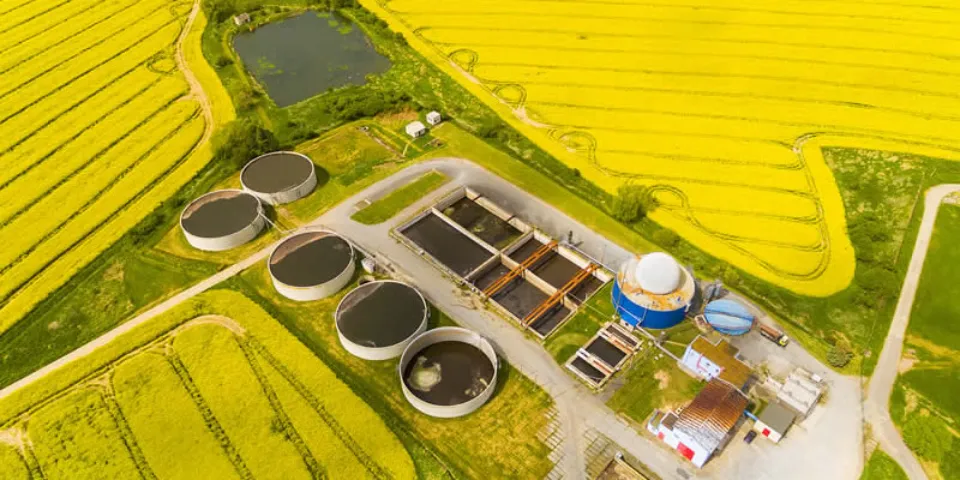
Thermal Power Plants
Coal-fired thermal power plants are the most conventional and reasonably efficient means of generating electricity. Coal is the primary fuel used to boil the water required to produce the superheated steam that drives the steam turbine.
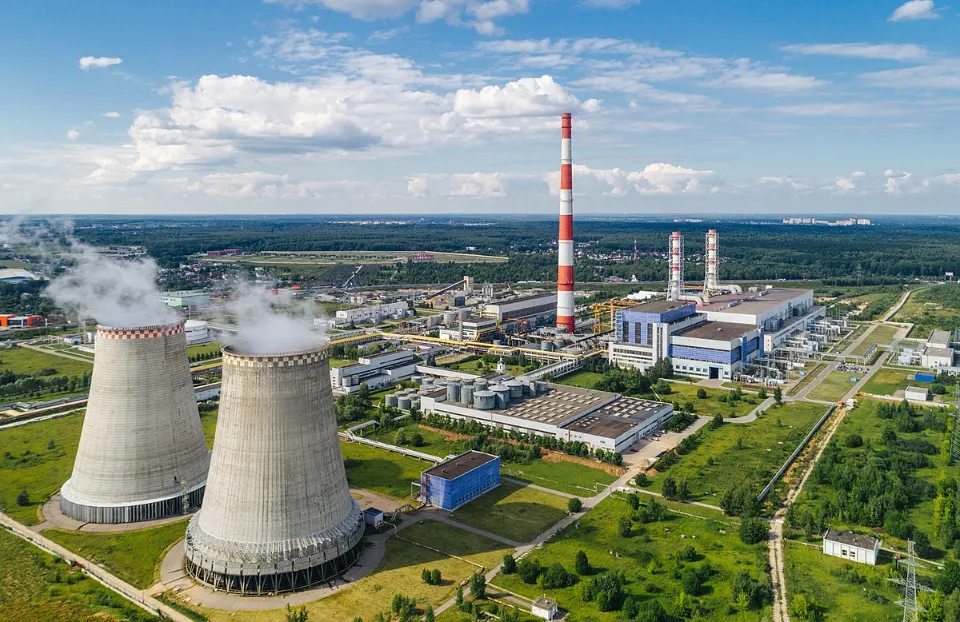
The steam turbine is then physically connected to the alternator rotor, which spins to generate electricity. Bituminous coal, also known as brown coal, is frequently used as boiler fuel in India. It has an ash content of 5 to 16% and a volatile content of 8 to 33%. To improve the thermal efficiency of the plant, pulverized coal is used in the boiler.
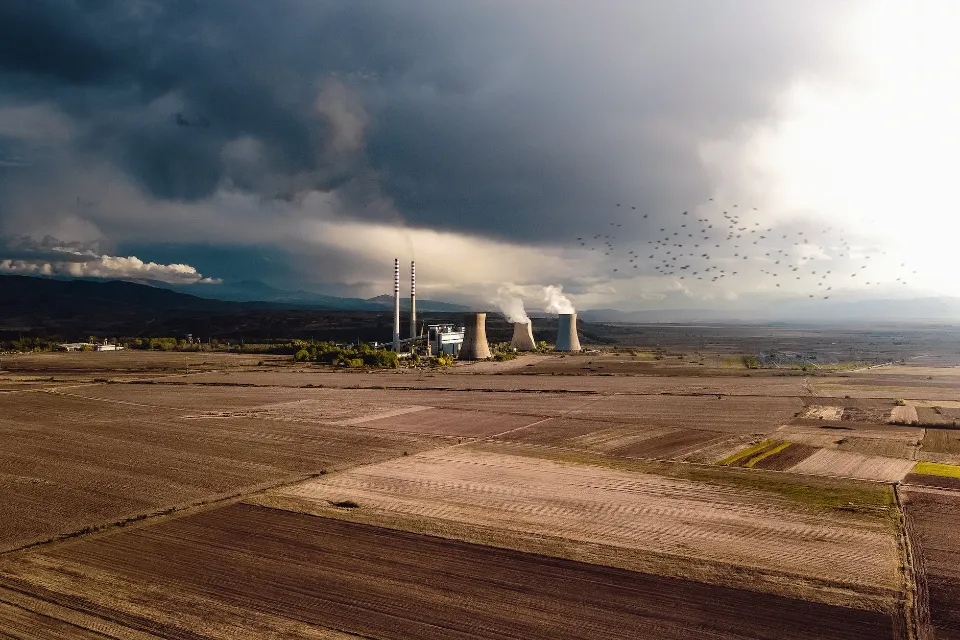
Pulverized coal is burned to create steam in a steam boiler at an extremely high pressure in a coal-fired thermal power plant. The steam is then heated in the superheater to an extreme temperature. The turbine is then opened up to the steam pressure, which causes the steam to spin the turbine blades.
Green Energy Power Plants
Thanks to technological advances, we now have additional energy-producing options besides just thermal, nuclear, and hydroelectric power plants. The term “non-traditional power plants” is used to describe them. These power plants are capable of generating green energy, also known as clean energy. By reading this, you can learn more about them.
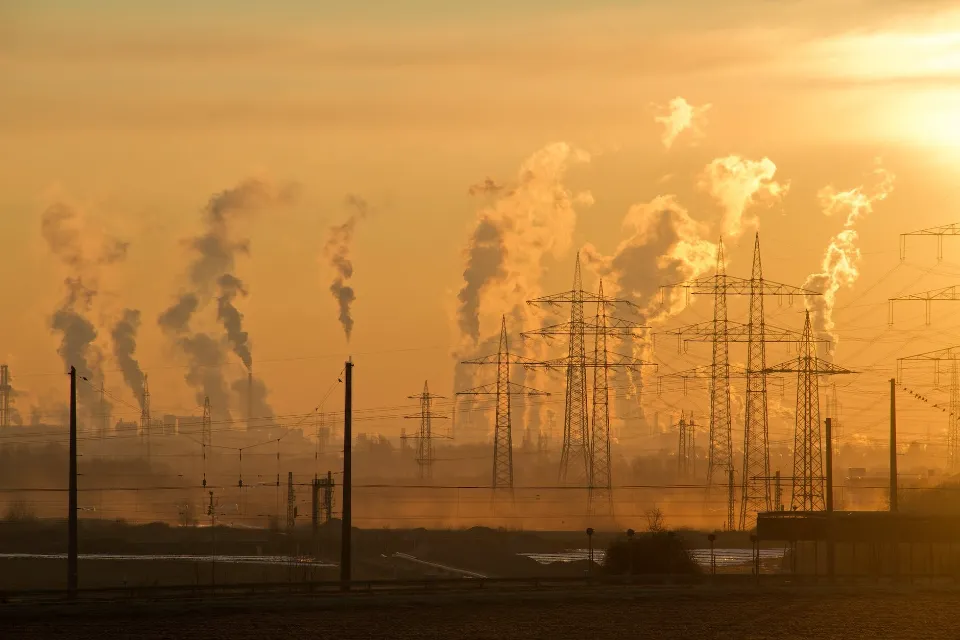
Geothermal Power Plants
The three main types of geothermal power plants are flash steam power stations, dry steam power stations, and binary cycle power stations. All three use steam turbines to produce electricity.
Globally, the installed capacity for geothermal energy has increased steadily over the past ten years, going from less than 10 GW in 2010 to about 14 GW in 2019.

Solar Power Plants
The conversion of solar energy into thermal or electrical energy takes place in solar energy plants, which rely on one of the most abundant and cleanest renewable energy sources—the sun. They don’t require much maintenance and frequently last 20 to 25 years.

Wind Power Plants
Since the turn of the century, there have been a lot more wind farms built, thanks to global technological advancements. In the past 20 years, the installed wind production capacity has increased by a factor of over 75, going from 7.5 GW in 1997 to 564 GW in 2018.
Wind power plants are often seen as being very cost-effective since when the wind turbines are constructed, operational expenses associated with maintaining them are minimal.

Tidal Power Plants
In contrast to wind and solar power, the generation of tidal energy is thought to be more predictable. Tidal energy is created by harnessing the force of the strong tides. Tidal power is still not widely used, despite the fact that the first sizable plant of its kind in the world entered service in 1966.

As the emphasis on generating electricity from renewable sources grows, it is anticipated that the development of novel methods to harness tidal energy will quicken.
Biomass Power Plants
Biomass is a fuel made from organic materials that can be used to create electricity or other types of power as a sustainable and renewable energy source. This type of bioenergy exists. By generating income from their waste streams and improving the environment by replacing fossil fuels and sequestering carbon, using bio-based feedstocks can make rural businesses more resilient.
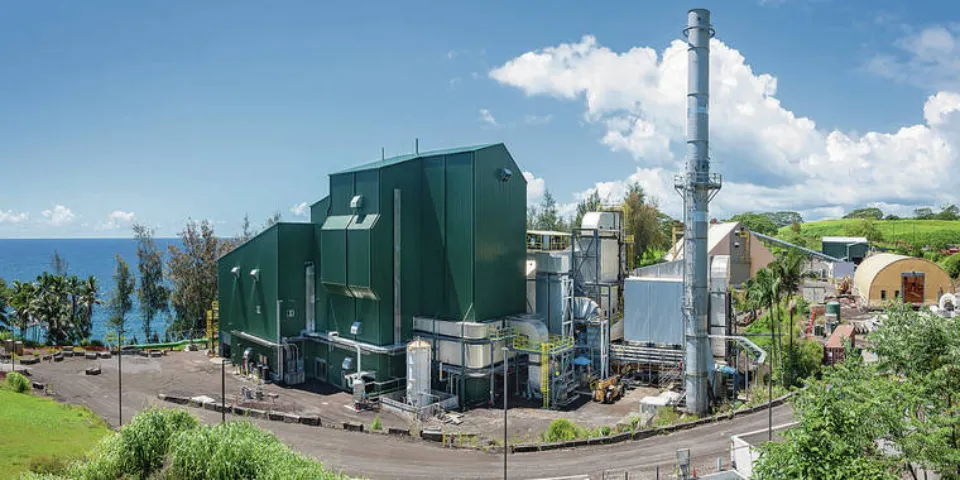
Conclusion
Over the years, there has been a steady rise in the global demand for energy. At the moment, there is no sign that this trend will soon slow down. The alarming rate at which we use fossil fuels is shown by the yearly increase in pollution levels.
What we can do is switch from energy sources that emit a lot of carbon, like fossil fuels, to energy sources that are renewable. A lot of organizations and countries have worked hard to make this goal a reality. If you need more information about power plants, you can visit Power Your Feed website.
